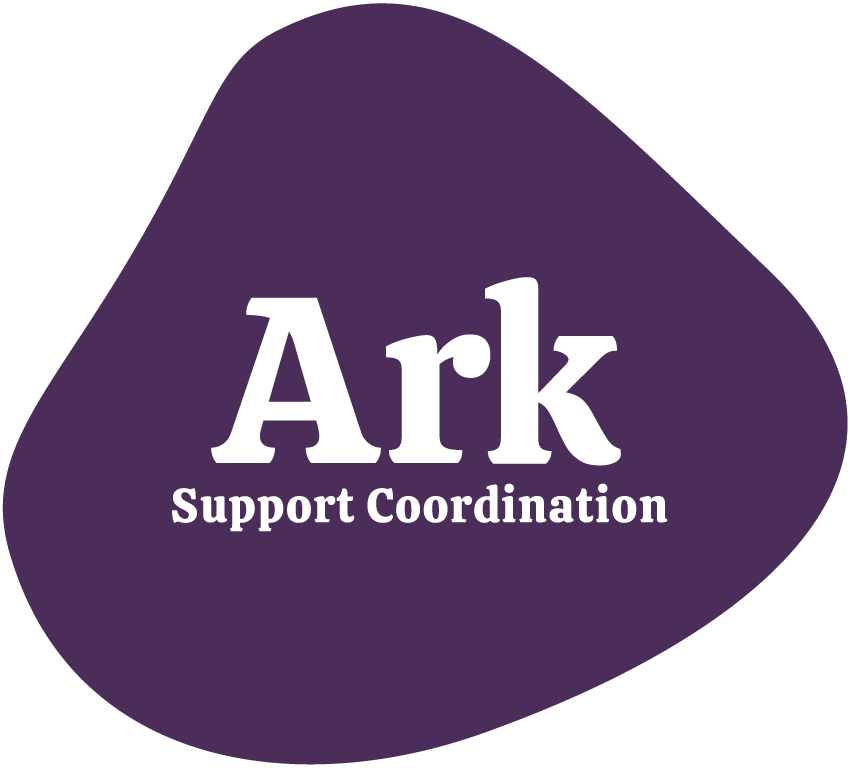Mindfulness for Carers: Ideas You Don’t Need To Make Time For
Around 1 in 10 Australians are informal carers to family members, friends, or neighbours. While some receive government income support payments, most are unpaid. Many live in the same household as the people they care for and provide varying levels of support in the home and the community. The immense workloads and mental, emotional, and physical strain of caring duties often leave little room for carers to look after their wellbeing.
The saying “you can’t pour from an empty cup” is well-meaning but can seem condescending to informal carers who continue showing up for their loved ones even after hitting their limit.
When it comes to “filling the cup”, the wellness industry provides an abundance of resources and products to elevate our self-care routines. However, it is often out of touch with the realities of life for informal carers, as free time is a privilege many of them do not have. Despite the growing market of meditation products, mindfulness practice is hard to establish for those busy juggling numerous daily care duties with little time left for themselves.
Mindfulness is commonly associated with meditation, as it originates in Buddhist practice. Instead, it is a way to train yourself to be generally self-aware and present, which is beneficial for mood regulation and the prevention of depression. Finding ways to “hack” mindfulness practice by adapting it to work with a busy lifestyle can be an excellent way for carers to maintain their wellbeing. Not everyone can schedule a daily guided mindfulness meditation. Still, you can find awareness and be more present in your usual activities to enjoy the many evidence-based benefits of mindfulness and find balance.
Here are some examples of everyday activities and ways to incorporate mindfulness and awareness training:
When you are…
Walking, pushing a wheelchair, try this:
Concentrate on the feel of the ground as each foot hits it
Notice your breathing, how deep or fast it is
Notice how the wheelchair handles feel in your hands
Feel the temperature and movement of the air on your skin
Describe in your mind what you see or hear around you to let your other thoughts go
Sitting down in a waiting room, in a parked car, on public transport, or whenever you get a chance to sit down
Sit back and focus on your breathing. You can do this in several ways:
Noticing the temperature of the air on your nostrils or mouth, it is cool on an inhale and warm on an exhale
Thinking “in” on each inhale and “out” on each exhale
Noticing how your chest and abdomen rise and fall with each breath
Counting your breaths in your mind to 10, and starting again with 1 when you either get to 10 or get distracted by your thoughts
Getting distracted by your thoughts is normal, but gently return your focus to your breath when you notice you got caught up in your thinking. Do this for one minute or as long as time permits.
Showering, applying body lotion
Focus on the sensations in your body
As you’re applying soap or lotion on the different parts of your body, scan those body parts with your mind and notice how they feel, notice the warmth and pressure of your hands on your skin
Notice the smell of your soap or lotion, the temperature of the water and the air in the room
Eating, drinking a cup of tea or coffee
Focus your mind on the different tastes of your food, how it smells and looks and the texture of the food
Notice how the food you’re eating is making you feel physically (are you feeling full, nourished, etc.) and emotionally (are you enjoying what you’re eating)
How does the hot cup feel in your hands?
Take a sip, pay attention to the taste, the warmth down your throat
Sitting or lying down in a comfortable position, such as watching TV or getting ready to sleep
A technique called progressive muscle relaxation:
Tense any part of your body. For example, raise your eyebrows, raise your shoulders to your ears or as high as you can, clench your fists, push your feet into the ground etc.
Focus your attention on that body part, hold the tension for a few seconds and notice how the tension feels
Slowly release the tension and relax that part of your body as much as you can, notice how it feels to relax
Do this as many times as time permits, alternating different body parts
Optionally, sync up with your breath. Inhale as you tense up, hold your breath while holding the tension, and slowly exhale as you relax
Introducing mindfulness into your usual activities is an excellent way to do some self-care without disrupting the flow of your day. Keep in mind building awareness and improving your ability to focus on your sensations takes practice, and it is ok not to be immediately good at it. The minds of even skilled mindfulness practitioners wander at times, and ultimately letting go of thinking is not the goal here. Instead, we aim to practice gently guiding our minds to the present moment, again and again, to reduce rumination and worry and find more balance within.
Polina Nechaeva